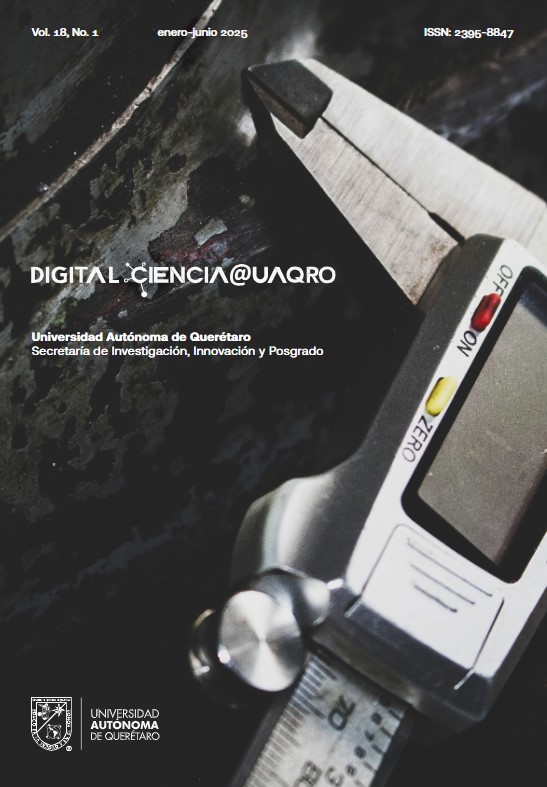Abstract
National Metrology Institutes (NMIs) are organizations specialized in physical measurements. Although many countries have limited their contributions to the industry, their impact extends further, contributing to the economic, social, and environmental spheres. This significance contrasts with the limited support and recognition they receive. Meanwhile, the world faces challenges that must be urgently addressed, challenges that have been conceptualized by the United Nations in its 17 Sustainable Development Goals (SDGs), focusing on economic, social, and environmental domains.
In this context, the present qualitative research analyzes the direction that NMIs worldwide are taking, with a representative sample for the 2020-2030 period, and questions whether the strategies of these organizations are aligned with the needs outlined by the SDGs. A theoretical and intentional sample of strategic planning documents was selected, analyzed, and coded by strategy. Some of these documents showed perfect alignment with certain SDGs, while others were solely industry-oriented, possibly due to the framework of national public policies and the necessity to secure their own financial resources. Finally, it became evident that some SDGs, such as "Reduction of Inequality" and "Poverty Reduction," are not on the radar of the NMIs. However, some researchers suggest that by influencing "education," NMIs can have an indirect positive impact on the SDGs related to poverty reduction.
References
Barker, K. E., Cox, D., & Sveinsdottir, T. (2011). Foresight on the future of public research metrology in Europe, Foresight, 13(1), 5-18. https://doi.org/10.1108/14636681111109660
Bosse, H., Evans, A., Zeleny, V., Czulek, D., Balsamo, A., O´Connor, D., Yandayan, T., Billington, D., Meli, F., Ragusa, C. S., & Flys, O. (2020, 8-12 June). AdvManuNet: A networking project on metrology for advanced manufacturing. Proc Euspen’s 20th International Conference & Exhibition, Geneva, CH. https://www.euspen.eu/knowledgebase/ICE20374.pdf
Calzadilla-Sarmiento, B., Loesener, O., & Davila, J. P. (2017). Quality Infrastructure of the Americas. Strategic Roadmap. United Nations Industrial Development Organization.
CCQM (2021). Strategy document 2021-2030 https://www.bipm.org/documents/20126/2071059/CCQM+Strategy.pdf/31283069-94f4-f2c7-bbfc-7d652c9b3de8
CENAM (2022). Planeación Estratégica del CENAM 2022-2030. https://www.cenam.mx/transparencia/Archivos/2024/Reporte_Planeaci%C3%B3n_CENAM_2022-2030.pdf
Czubala, W., Shepherd, B., & Wilson, J S. (2009). Help or hindrance? the impact of harmonized standards on African exports. Journal of African Economies, 18(5), 711-744. https://doi.org/10.1093/jae/ejp003
Fisher, W., & Massengill, P. (2022). Explanatory Models, Unit Standards, and Personalized Learning in Educational Measurement. Springer.
EURAMET. (2021). The gateway to Europe’s integrated metrology community: EURAMET 2030 Strategy.
Gilmore, I., Lenssen, L., Brown, R., Shore, P., & Janssen, J. T. (September 2022). Metrology Research Roadmaps. NPL.
Guasch, J. L., Racine, J.-L., Sánchez, I., & Diop, M. (2007). Quality Systems and Standards for a Competitive Edge. The World Bank, Washington D.C, United States.
Khanzada, F., & Abbasi, K. (October 2019). Economic imperatives of metrology for Pakistan. 15th International Conference: “Standardization, Protypes and Quality: A Means of Balkan Countries’ collaboration”. Trakya University, Edirne, Turkey. https://www.researchgate.net/publication/337171240_ECONOMIC_IMPERATIVES_OF_METROLOGY_FOR_PAKISTAN
Kumar, V., & Albashrawi, S. (2022). Quality Infrastructure of Saudi Arabia and Its Importance for Vision 2030. MAPAN, 37, 97-106. https://doi.org/10.1007/s12647-021-00523-4
Mihai, M., Titan, E., & Manea, D. (2015). Education and Poverty. Procedia Economics and Finance, 32(6), 855-860. 10.1016/S2212-5671(15)01532-4
Min, H. (2021). KRISS Vision 2035. Korea Research Institute of Standards and Science. https://www.kriss.re.kr/eng/download/vision.pdf
North, D. C. (1990). Institutions, Institutional Change, and Economic Performance. Cambridge University Press. Cambridge, England.
Objetivos de Desarrollo Sostenible. ONU. https://www.un.org/sustainabledevelopment/
Olu-lawal, K. A., Olajiga, O. K., Ani, E. C., Adeleke, A. K., & Portillo Montero, D. J. (2024). The role of precision metrology in enhancing manufacturing quality: a comprehensive review. Engineering Science & Technology Journal, 5(3), 728-739. https://doi.org/10.51594/estj.v5i3.868
PAWG. (December 2021). Strategic Plan 2021-2030.
Temple, P., Witt, R., Spencer, C., Blind, K., Jungmittag, A., & Swann, P. (2005). The empirical economics of standards. UK Department of Trade and Industry. United Kingdom.
Trajković, A. R., & Milošević, I. (2016). Model to determine the economic and other effects of standardization, a case study in Serbia.Total Quality Management & Bussiness Excellence, 29(5-6), 1-13. 10.1080/14783363.2016.1225496

This work is licensed under a Creative Commons Attribution-NonCommercial-ShareAlike 4.0 International License.
Copyright (c) 2025 Digital Ciencia@UAQRO


